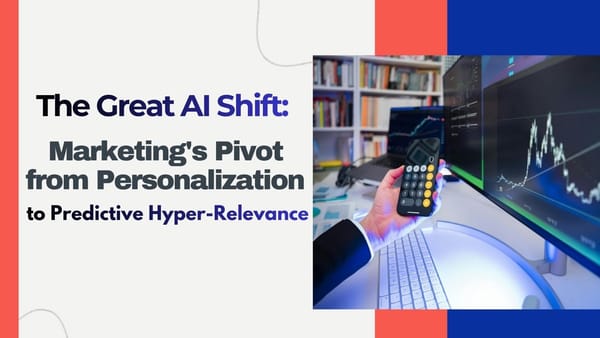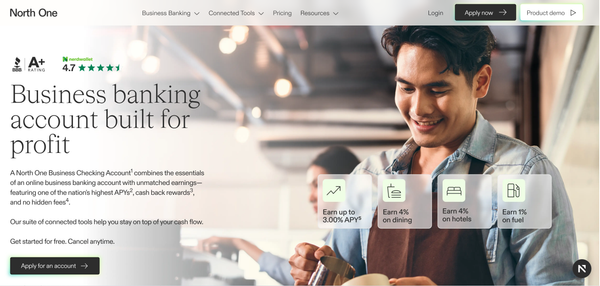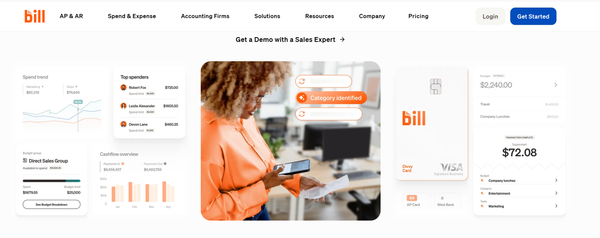How businesses can transform their advertising campaigns with data-driven precision
In today's competitive marketplace, businesses must leverage data-driven precision to transform their advertising campaigns. By harnessing the power of big data and advanced analytics, companies can gain deep insights into consumer behaviour, preferences, and trends.

Table of Content
- 1. What is AI in Marketing?
- 1.1 Definition of AI in Marketing
- 1.2 How AI Technology Transforms Marketing Strategies
- 1.3 Benefits of Integrating AI in Business Marketing
- 2. How Can AI Enhance Customer Personalisation?
- 2.1 Understanding Customer Personalisation through AI
- 2.2 Techniques for Implementing AI Personalisation
- 2.3 Case Studies: Successful AI Personalisation Examples
- 3. The Role of Chatbots in Customer Engagement
- 3.1 What Are Chatbots and How Do They Work?
- 3.2 Improving Customer Service with AI Chatbots
- 3.3 Evaluating the Impact of Chatbots on Sales and Customer Satisfaction
- 4. Predictive Analytics in Enhancing Marketing ROI
- 4.1 Explaining Predictive Analytics in Marketing
- 4.2 Methods for Using Predictive Analytics to Improve ROI
- 4.3 Real-World Success Stories of Predictive Analytics in Action
- 5. Implementing AI in Marketing Campaigns with Bloomclicks
- 5.1 Overview of Bloomclicks Digital Advertising Platform
- 5.2 Utilising Bloomclicks for Data-Driven Marketing Strategies
- 5.3 How Bloomclicks Facilitates Superior Customer Engagement and ROI
Navigating the complexities of marketing can be a struggle, especially with budget constraints, targeting the right audience, and measuring ROI. Many businesses grapple with maintaining consistency, managing customer engagement, and leveraging data effectively. You're likely looking for innovative ways to differentiate your brand, avoid ad fatigue, and stay on top of trends.
This is where AI in marketing steps in, offering data-driven insights and personalised strategies to overcome these challenges and boost your campaign's success. Let's explore how advanced AI technologies can revolutionise your marketing efforts, enhance customer engagement, and maximise ROI.
1. What is AI in Marketing?
1.1 Definition of AI in Marketing
Artificial Intelligence (AI) in marketing refers to the adoption of machine learning and data analytics to automate marketing processes and make smarter decisions. AI enables marketers to analyse vast amounts of data quickly, predict customer behaviours, and personalise marketing strategies. By leveraging algorithms and machine learning, your business can streamline tasks like customer segmentation, content planning, and ad targeting.
- Customer segmentation: Dividing your customers into groups based on their behaviours and preferences.
- Content planning: Tailoring content to meet the specific needs and interests of your audience.
- Ad targeting: Identifying the most likely prospects for your ads based on predictive analysis.
Pro-tip: Use tools like Bloomclicks for real-time analytics and data-driven marketing insights to optimise your ad spend.
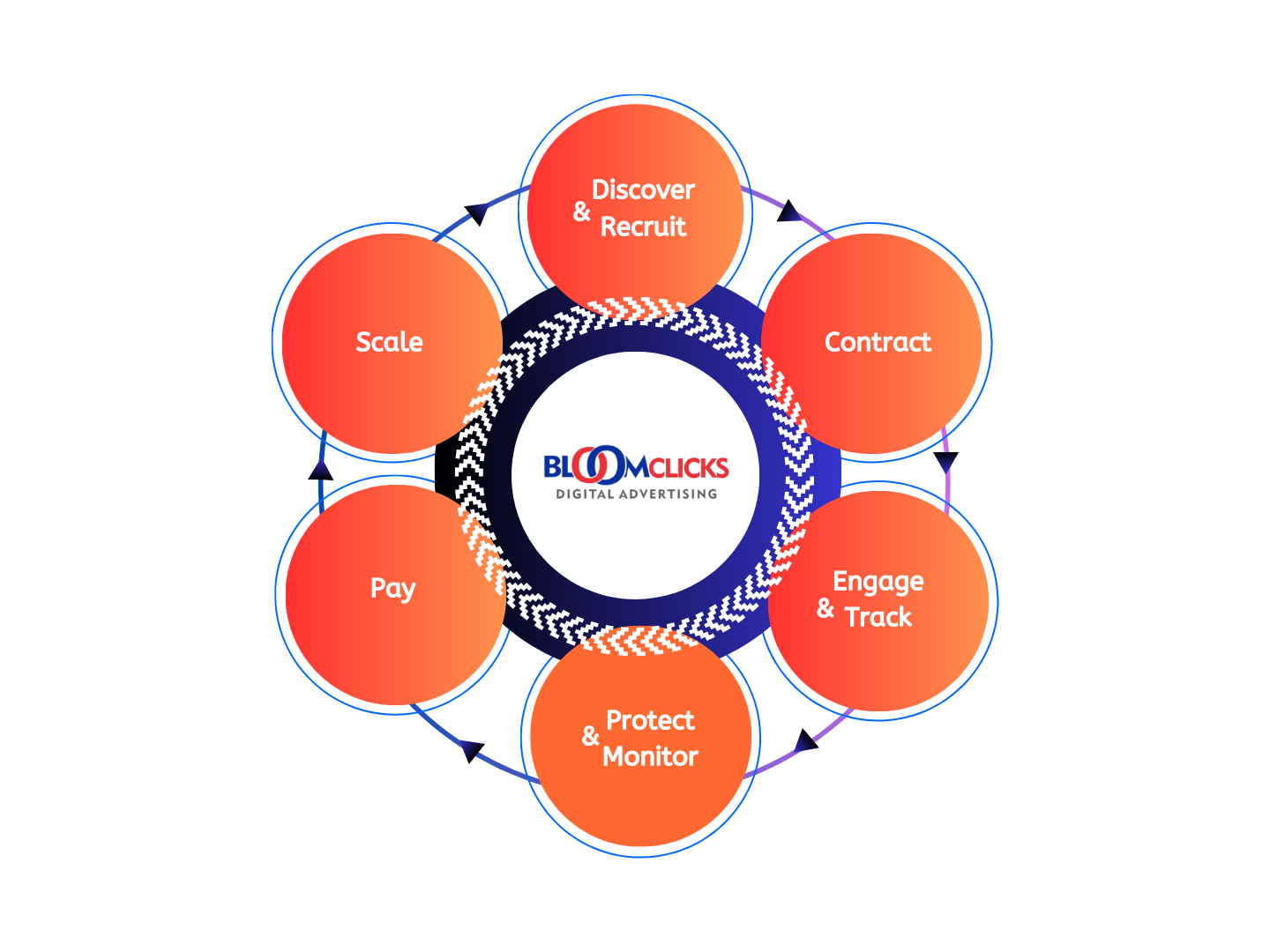
Unlock Advanced Marketing Insights and Brand Growth with Bloomclicks
Our solutions are specifically tailored to drive measurable results, accelerate business revenue growth, drive brand awareness, optimize sales processes, gain competitive edges, capture new markets, and identify new opportunities.
Get Started1.2 How AI Technology Transforms Marketing Strategies
AI transforms marketing strategies by automating repetitive tasks and providing deeper insights into customer behaviours. It helps you develop more precise, data-driven campaigns by improving your ability to predict trends and customer needs. AI-driven tools enable you to create dynamic content, optimise ad placements, and personalise customer interactions effectively.
- Dynamic content creation: Generating content that adapts in real-time to users' preferences.
- Ad placement optimisation: Utilizing predictive analytics to find the best slots for your ads.
- Customer interaction personalisation: Customising communication based on individual user data.
According to Gartner, 30% of companies will be using AI in at least one of their sales processes by 2022, showcasing its growing importance in marketing strategies.
Pro-tip: Implement AI solutions to automate mundane tasks so your team can focus on creative and strategic work.
1.3 Benefits of Integrating AI in Business Marketing
Integrating AI into your marketing strategy offers multiple benefits, from increased efficiency to enhanced customer satisfaction. AI can help you streamline marketing workflow, reduce costs, and improve the overall effectiveness of your campaigns. By mastering data analysis, you can uncover hidden patterns and gain valuable insights into customer behaviour, which leads to more targeted and successful marketing efforts.
- Increased efficiency: Automating routine tasks and minimising human errors.
- Enhanced customer satisfaction: Offering personalised experiences based on accurate data.
- Cost reduction: Optimising campaign spending through precise targeting and minimal ad wastage.
Pro-tip: Consider Bloomclicks for comprehensive data-driven insights, helping to cut down on ad wastage and improving your campaign's efficiency.
Insight: Companies like Amazon and Netflix utilise AI extensively to recommend products and content, driving customer engagement and repeat purchases. Following their lead can offer similar benefits for your business.
2. How Can AI Enhance Customer Personalisation?
2.1 Understanding Customer Personalisation through AI
AI personalisation means tailoring your marketing efforts to fit individual customers’ preferences, behaviours, and needs. This involves using vast amounts of data to understand what your customers want and predicting what they are likely to respond to positively. AI can gather and analyse customer data from multiple channels, be it online behaviour, purchase history, or social media interactions, to create highly personalised experiences.
For instance, AI can dynamically adjust website content, recommend products, or customise email marketing campaigns based on each customer's past interactions and preferences. This not only makes customers feel understood and valued but also improves their overall experience with your brand. Such personalisation boosts engagement, and customer loyalty, and ultimately drives sales, resulting in better marketing ROI.
Pro-tip: Regularly update your customer data to keep your AI personalisation efforts accurate and relevant.
2.2 Techniques for Implementing AI Personalisation
1. Behavioural Analysis: AI analyses customers' online behaviour, such as pages visited, time spent, and items clicked, to predict future actions and preferences.
2. Predictive Analytics: By evaluating historical data, AI can forecast future trends and customer behaviours, helping you stay ahead of their needs and optimise marketing strategies.
3. Content Personalisation: AI customises website content, emails, and advertisements to resonate personally with each customer, increasing engagement rates.
4. Recommendation Engines: Platforms like Netflix and Amazon use AI to suggest products or content based on past purchases or viewing history, which boosts sales and customer satisfaction.
5. Dynamic Pricing: AI adjusts pricing based on demand, customer behaviour, and market conditions to maximise profits and sales.
These techniques not only enhance customer experiences but also optimise resource allocation and improve overall marketing efficiency.
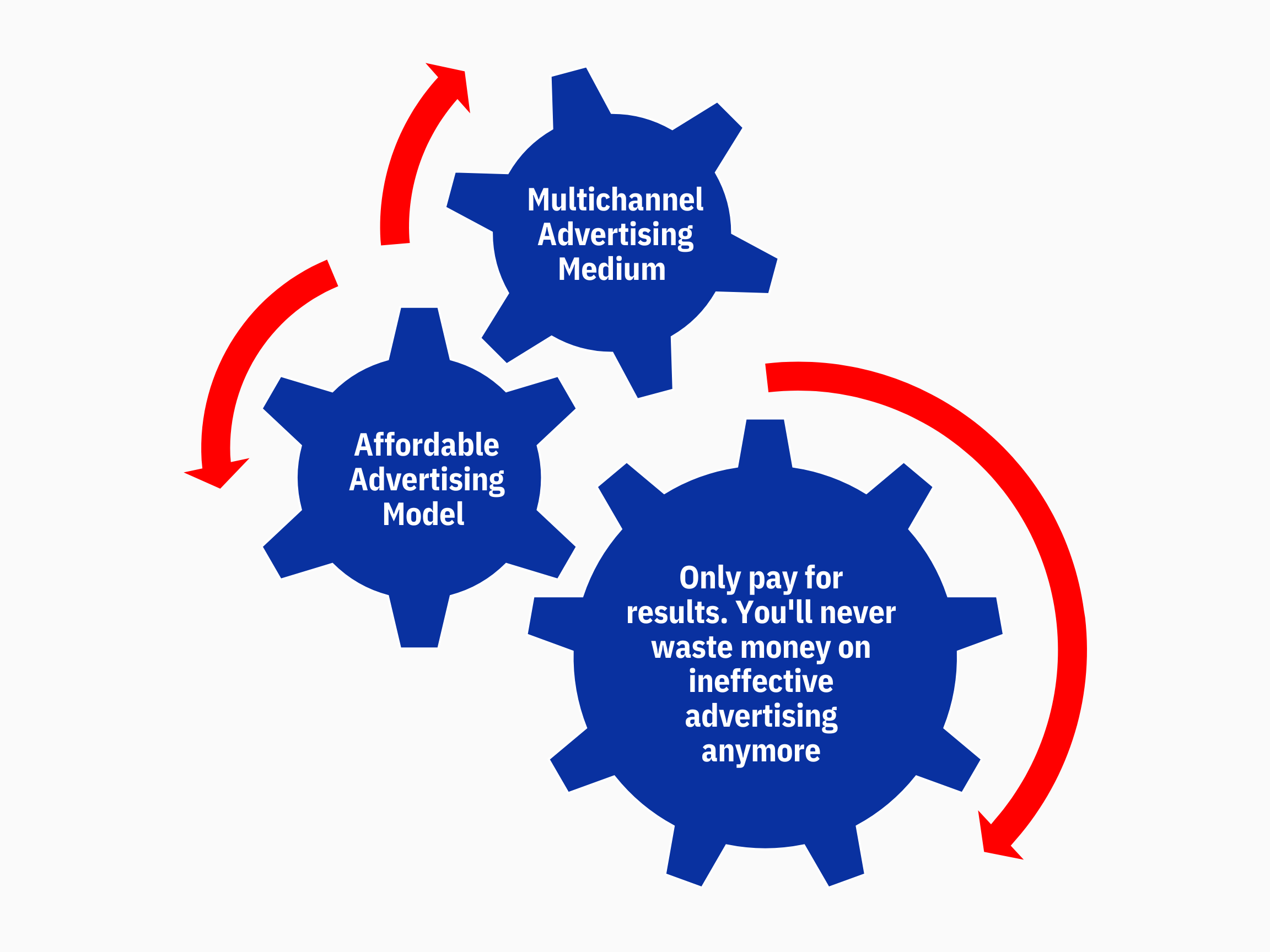
Sustainable Growth That Outperforms
Our platform has helped over 60% of our global advertisers substantially lower their ad expenses, saving an average of over seven million dollars ($7M) annually from ad wastage through data-driven insights to maximize their business's growth trajectory.
Get Started2.3 Case Studies: Successful AI Personalisation
Netflix: Netflix uses AI to analyse viewing habits and preferences, allowing it to recommend shows and movies tailored to each user. Since implementing this system, they have seen a significant increase in viewer engagement and subscription retention.
Amazon: Amazon employs AI-powered recommendation engines to suggest products based on past purchases, browsing history, and items in the online shopping cart. This personalised approach has vastly increased their sales and improved customer loyalty.
Bloomclicks: Leveraging AI, Bloomclicks provides businesses with robust predictive analytics and consumer insights, enabling them to craft highly targeted marketing campaigns. This has helped over 60% of their advertisers reduce ad expenses, saving millions annually and driving substantial growth in ROI.
Pro-tip: Use AI analytics to continuously refine and improve your personalisation strategies for sustained success.
3. The Role of Chatbots in Customer Engagement
3.1 What Are Chatbots and How Do They Work?
Chatbots are software applications designed to simulate human conversations. They interact with users via text or voice, enhancing customer service by providing instant responses and support. Powered by AI, chatbots use natural language processing (NLP) to understand and generate human language, making interactions seamless. This technology is pivotal in offering round-the-clock assistance, answering frequent questions, and guiding users through processes or troubleshooting.
Key Chatbot Functions:
- Customer Support: Answering FAQs, product inquiries, and troubleshooting.
- Sales Assistance: Providing product recommendations, and guiding purchase decisions.
- User Engagement: Sending reminders, notifications, and personalised messages.
- Data Collection: Gathering customer feedback and preferences.
Pro-tip: Implement AI chatbots to handle primary queries and free up human agents for more complex tasks. This saves time and reduces operational costs.
3.2 Improving Customer Service with AI Chatbots
AI chatbots significantly improve customer service by enhancing responsiveness and efficiency. Users no longer have to wait on hold for answers; chatbots provide immediate replies, which increases satisfaction. For businesses, this means fewer customer service agents are needed, leading to cost savings. With the ability to handle multiple requests simultaneously, chatbots are highly efficient.
Benefits of Using AI Chatbots in Customer Service:
- 24/7 Availability: Always-on service enhances customer experience.
- Consistency in Interaction: Provides uniform responses without human error.
- Scalability: Manages high volumes during peak times effortlessly.
- Data-driven Insights: Analyses user interactions to improve services.
Pro-tip: Use AI chatbots to analyse customer interactions and identify common issues. This data can be crucial for improving your products or services.
3.3 Evaluating the Impact of Chatbots on Sales and Customer Satisfaction
The implementation of chatbots has a profound impact on both sales and customer satisfaction. For instance, a well-programmed chatbot can prompt users towards purchases by suggesting products based on their browsing history and preferences. According to a report by Juniper Research, chatbot-driven customer interactions will save businesses $8 billion annually by 2022 through improved efficiency and throughput.
Assessing Chatbot Performance:
- Customer Feedback: Collect ratings and reviews post-interaction.
- Sales Conversion Rates: Track how chatbot interactions influence purchases.
- Response Time: Measure the time taken for chatbots to resolve queries.
- User Retention: Analyse the impact on customer loyalty and repeat business.
Real-World Example: A leading e-commerce platform integrated chatbots for customer support, resulting in a 25% increase in sales conversion and a 90% customer satisfaction score.
Pro-tip: Use chatbots to follow up with customers post-purchase, which can significantly improve customer relationships and foster loyalty.
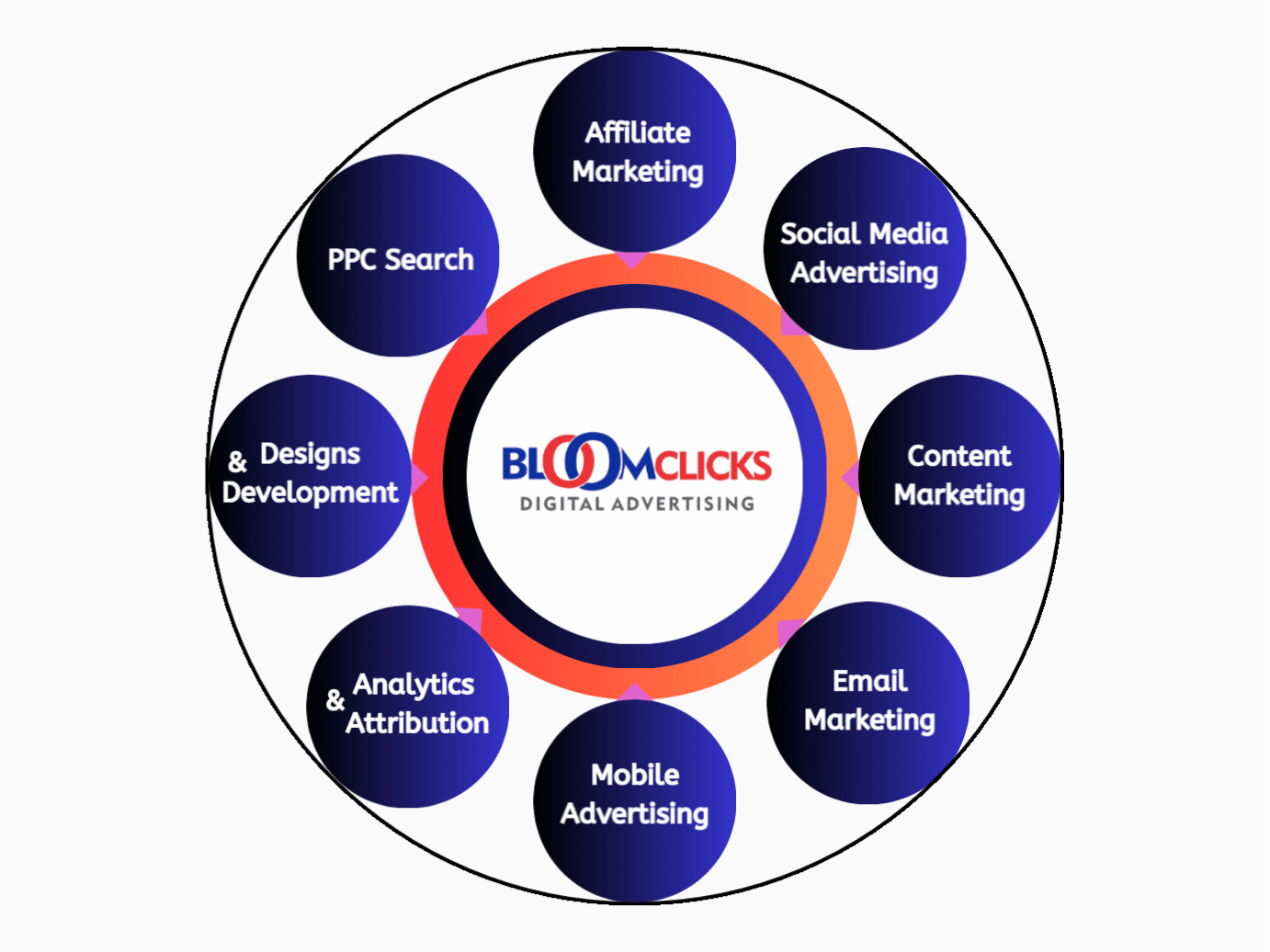
Experience The Future Of Digital Marketing With Bloomclicks
Our platform offers everything you need, from comprehensive services and advanced analytics to fraud prevention and customized strategies. With a team of industry experts and cutting-edge technology, Bloomclicks is here to enhance your marketing efforts. Book a demo today and take your campaigns to the next level!
Get Started4. Predictive Analytics in Enhancing Marketing ROI
4.1 Explaining Predictive Analytics in Marketing
Predictive analytics harnesses data, machine learning, and algorithms to forecast future outcomes based on historical data. In marketing, these tools help businesses predict customer behaviour, identify trends, and optimise campaigns.
By analysing patterns in customer interactions, companies can make informed decisions and allocate resources more efficiently. This is particularly useful when facing challenges like budget constraints and targeting the right audience.
Predictive analytics becomes an invaluable asset for campaign managers aiming to enhance ROI. For instance, models can predict which products a customer is likely to purchase next, enabling personalised marketing strategies. These predictions guide content creation, helping marketers develop targeted messages that resonate with specific segments.
According to a report by Forbes, companies using predictive analytics average a 23% higher return on investment from their campaigns, highlighting its effectiveness in driving revenue and improving resource allocation.
Pro-tip: Implement predictive analytics by first consolidating all customer data into a unified platform. Tools like Google Analytics and Bloomclicks can streamline this process and provide actionable insights.
4.2 Methods for Using Predictive Analytics to Improve ROI
Applying predictive analytics in marketing involves several methods to enhance ROI. First, customer segmentation allows businesses to group customers based on behaviour, preferences, or demographics. This helps in crafting targeted campaigns, reducing ad fatigue, and ensuring messages reach the most relevant audience. Techniques involve clustering algorithms like k-means, which can categorise customers into distinct segments.
Secondly, predictive modelling is used to forecast customer lifetime value (CLV), churn rates, and purchase propensity. By understanding which customers are likely to bring the most value or are at risk of churning, marketers can focus efforts on high-value segments and retention strategies. Tools like Bloomclicks provide real-time analytics and attribution, facilitating these models.
Implementing these methods:
- Segmentation: Use clustering algorithms to group customers.
- Modelling: Focus on high-value customers and retention.
4.3 Real-World Success Stories of Predictive Analytics in Action
Real-world examples illustrate the impact of predictive analytics in marketing. For instance, an e-commerce retailer utilised predictive analytics to enhance their email marketing campaigns. By analysing past purchase behaviour and preferences, they were able to send personalised recommendations, resulting in a 30% increase in open rates and a 20% boost in sales.
Another case is a financial services company that used predictive models to identify at-risk customers likely to churn. By targeting these individuals with tailored offers and support, they reduced churn rates by 15%. These examples underline the potential of predictive analytics in not only improving customer engagement but also driving significant ROI improvements.
Pro-tip: Start small by using predictive analytics on a single marketing channel. Once you see the results, expand to other channels and integrate the insights for a comprehensive strategy.
5. Implementing AI in Marketing Campaigns with Bloomclicks
5.1 Overview of Bloomclicks Digital Advertising Platform
Bloomclicks offers a comprehensive suite of digital advertising services designed for businesses of all sizes. Whether you're a start-up aiming to accelerate growth or an established brand looking to diversify, Bloomclicks provides tools and strategies to enhance your marketing efforts.
The platform supports various marketing needs, including affiliate marketing, influencer marketing, and content marketing, ensuring a well-rounded approach.
The platform leverages its extensive network of over 28,000 partners to deliver diversified traffic sources. This extensive network connects advertisers with bloggers, influencers, and media publishers.
By using Bloomclicks, you gain access to real-time analytics and attribution, which helps in optimising marketing campaigns for better performance and ROI. This data-driven approach ensures that you are constantly refining your strategies to meet your marketing goals.
5.2 Utilising Bloomclicks for Data-Driven Marketing Strategies
Harnessing the power of Bloomclicks can transform your marketing strategies into data-driven success stories. The platform's predictive analytics tools help you identify patterns and trends, allowing for more precise targeting and efficient budget allocation. By using these insights, you can create campaigns that speak directly to your intended audience, thus increasing engagement and conversion rates.
Bloomclicks also supports A/B testing and performance benchmarking. This means you can continuously test different elements of your marketing campaigns to see what works best.
Real-time insights allow for quick adjustments, ensuring that your marketing efforts are always optimised. This feature is particularly useful for businesses facing challenges such as budget constraints, measuring ROI, and keeping up with trends.
5.3 How Bloomclicks Facilitates Superior Customer Engagement and ROI
Bloomclicks not only focuses on campaign execution but also on achieving superior customer engagement. The platform's AI-driven personalisation tools adjust content and advertisements based on user behaviour, making interactions more relevant and meaningful. This level of personalisation can significantly boost customer satisfaction and loyalty, leading to better long-term ROI.
Moreover, Bloomclicks offers extensive reporting capabilities that provide transparent insights into your marketing activities. You can track performance metrics such as click-through rates, conversions, and return on ad spend (ROAS), ensuring that every pound contributes to your broader marketing objectives. These comprehensive reports help in making data-backed decisions, ultimately driving both customer engagement and ROI.
By integrating Bloomclicks into your marketing toolkit, you can streamline efforts across multiple channels, from social media to search engines. The platform's adaptive technology adjusts real-time campaigns, combating issues like ad fatigue and ad blockers. Ready to enhance your marketing strategy with customised advertising solutions? Book a call with Bloomclicks to harness innovative tools, advanced analytics, and a robust network for superior results.
Using AI in marketing through advanced personalisation, chatbots, and predictive analytics is transforming how businesses engage with customers. With platforms like Bloomclicks offering data-driven insights and streamlined solutions, companies can achieve higher ROI and customer satisfaction. Leveraging these technologies ensures that marketing campaigns are optimised for current and future challenges.
But what about you? How has data transformed your advertising strategy? We’d love to hear your experiences or thoughts in the comments below.
If you found these insights valuable, why not share this article with your friends and followers? Let’s help more businesses unlock the power of precision in their marketing efforts. And don’t forget to connect with us on social media for more expert content and updates. Plus, subscribe to our newsletter for the latest tips, trends, and exclusive offers straight to your inbox!
#DigitalMarketing #DataDriven #AdvertisingSuccess #ShareTheKnowledge #BloomclicksConnect
Frequently Asked Questions
How is AI used in marketing and advertising?
AI is used in marketing and advertising for data analysis, customer personalisation, chatbots, and predictive analytics. It helps in targeting the right audience, optimizing ad spend, and improving customer engagement through personalised experiences.
How will AI transform marketing?
AI will transform marketing by automating tasks, providing deeper insights through data, and enhancing personalisation. It allows for more effective targeting and real-time campaign adjustments, leading to higher engagement and ROI.
How is AI transforming advertising?
AI is transforming advertising by enabling smarter ad placements, automated bidding, and real-time customisation. It helps identify and target specific audiences more effectively, improving the efficiency and impact of ad campaigns.
What is the role of AI in marketing personalisation a theoretical exploration of consumer engagement strategies?
AI's role in marketing personalisation involves analysing consumer data to create tailored experiences. By understanding consumer behaviours and preferences, AI can deliver relevant content and offers, significantly enhancing engagement and satisfaction.


